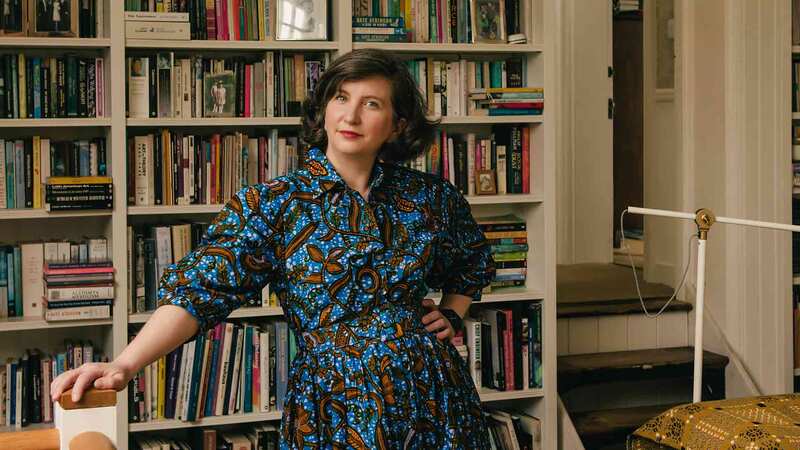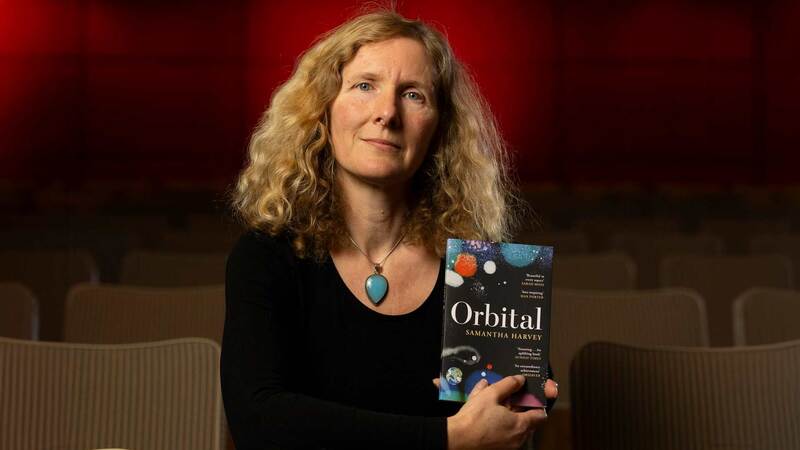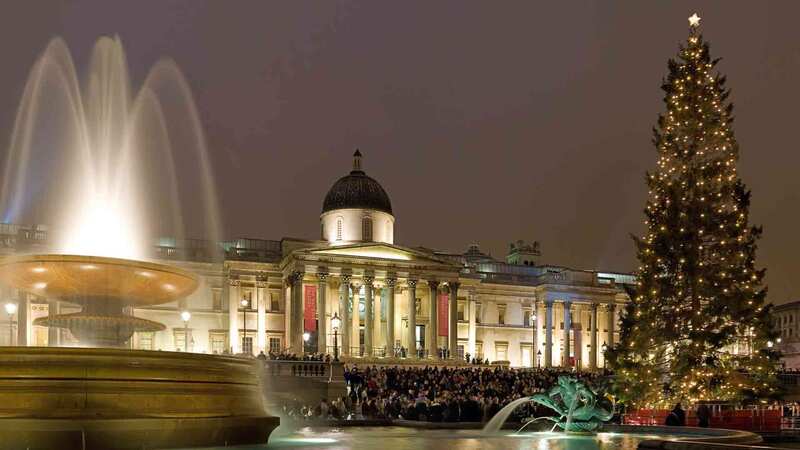You are viewing your 1 free article this month. Login to read more articles.
two sides of dickens
Claire Tomalin, acclaimed biographer of Samuel Pepys, Thomas Hardy and Jane Austen, chooses to begin her life of the novelist not with his birth in Portsmouth in 1812, however, but with an incident from mid-way through his life. Dickens was called upon to be a juror in the case of a servant girl accused of killing her newborn baby. Not only did he stand up to his fellow jurors (who would see her hanged), but he made arrangements for the clearly innocent girl to be sent food in prison, and paid for an excellent barrister to defend her at the trial.
"I wanted to stress the essential goodness of Dickens," says Tomalin—her biography gives us a vivid sense of the jam-packed life and complex character of this extraordinarily gifted writer. A writer who, in Tomalin's words, "noticed and celebrated the small people living on the margins of society".
"It will not do to draw round any part of such a man too hard a line", remarked Dickens' friend, confidant and first biographer, John Forster. And, in keeping with this, Tomalin fleshes out the contradictions in Dickens' character: a man sentimental about the family ideal in his writings, for example, but who abandoned his wife to take up with a young actress.
That actress was Ellen Ternan, the subject of Tomalin's award-winning 1990 biography, The Invisible Woman. Tomalin first came across mysterious mentions of "Nelly" when studying Dickens as a Cambridge undergraduate in the 1950s, and felt then that an untold story lurked. "When I finally came to write my book about her, it took me back to the amazingness of Charles Dickens as a character."
All aspects of that character are examined in Charles Dickens: A Life (Viking) not least his attitude to his unhappy marriage. While feeling "so sorry" for his wife Catherine who bore him ten children ("Dickens didn't leave her any room to be, or do anything"), Tomalin positions this unsatisfactory relationship as central to understanding the man. "The marriage was a tragedy for both of them. And its breakdown changed everything."
Dickens' harsh treatment of the unfortunate Catherine, and all but one of his sons, isn't glossed over—but Tomalin also attributes Dickens' extraordinary energy and drive to his shouldering of the responsibility not only for his extended family, but also for a large number of unfortunate, and sometimes feckless other dependents—"There were all these hands holding out to him."
Unhappy childhood
The son of a hopelessly spendthrift father, and grandson of a "thumping crook", Dickens drew again and again in his novels on his appalling childhood memories of angry creditors, bailiffs, pawnbrokers, and the debtors' prison—to which his father was at one stage confined. Also imprinted upon him was the horror of being sent to work in a blacking factory (manufacturer of boot polish), and the effect this had on a sensitive, promising child whose parents were apparently indifferent to his feelings.
These experiences, Tomalin shows, gave Dickens his exceptional determination and the sense that "anything was possible to the will that would make it so". It is, as she says, hard to believe that this one man was simultaneously writing novels, articles and letters, editing, agitating on social questions, travelling, acting, making speeches, raising money and working off excess energy in 12-mile walks. "Dickens kept going by taking on too much," says Tomalin. "No day went by in which he did not stretch himself, physically, socially and emotionally."
In the 1840s he had the idea of doing readings from his work, or rather, from scripts he had carefully adapted from the novels, in which he impersonated his favourite characters and offered highlights from the narratives. He became a sort of national entertainer. Authors today would quail before Dickens' punishing tour schedules, but relish the money he made. By the 1860s he was earning £190 a night—around £8,000 today. His 1867 US tour made a profit of £20,000 (a cool £900,000 today).
But it wasn't just about the money. Dickens loved the contact with his public, says Tomalin. "The rich were entertained by him, but the poor really loved him. And I respect him so much for going to manufacturing towns, talking to ordinary working men and women, and often raising money for causes to improve the quality of their lives." Tomalin's hope for her biography is that she has "succeeded in drawing the pattern of Dickens' life in an intimate way, and in presenting him as a human being. And as a lovable man of huge charm".
"Dickens knew his work was great. In his will, he expresses his wish to have no memorial. Instead he says: ‘I rest my claims to the remembrance of my country upon my published works'." When he died, Dickens was buried not in a Kentish village churchyard as he wanted, however, but in Westminster Abbey. Yet, as the scale of the forthcoming bicentenary celebrations demonstrates, his published works are not just remembered, but read and revered all over the world. In the words of Tomalin: "Charles Dickens left a trail like a meteor."
Charles Dickens: A Life is out now, published by Viking.














